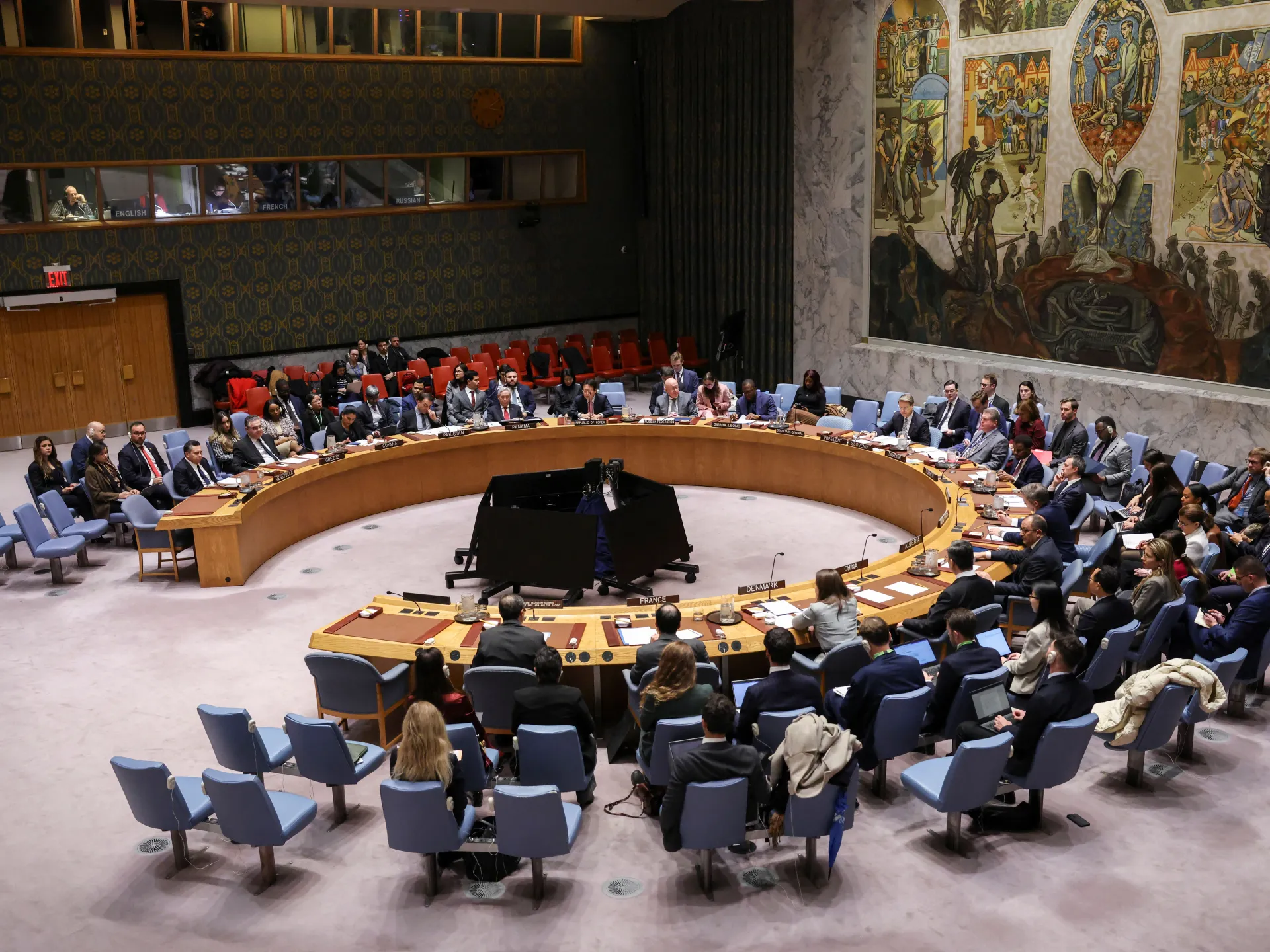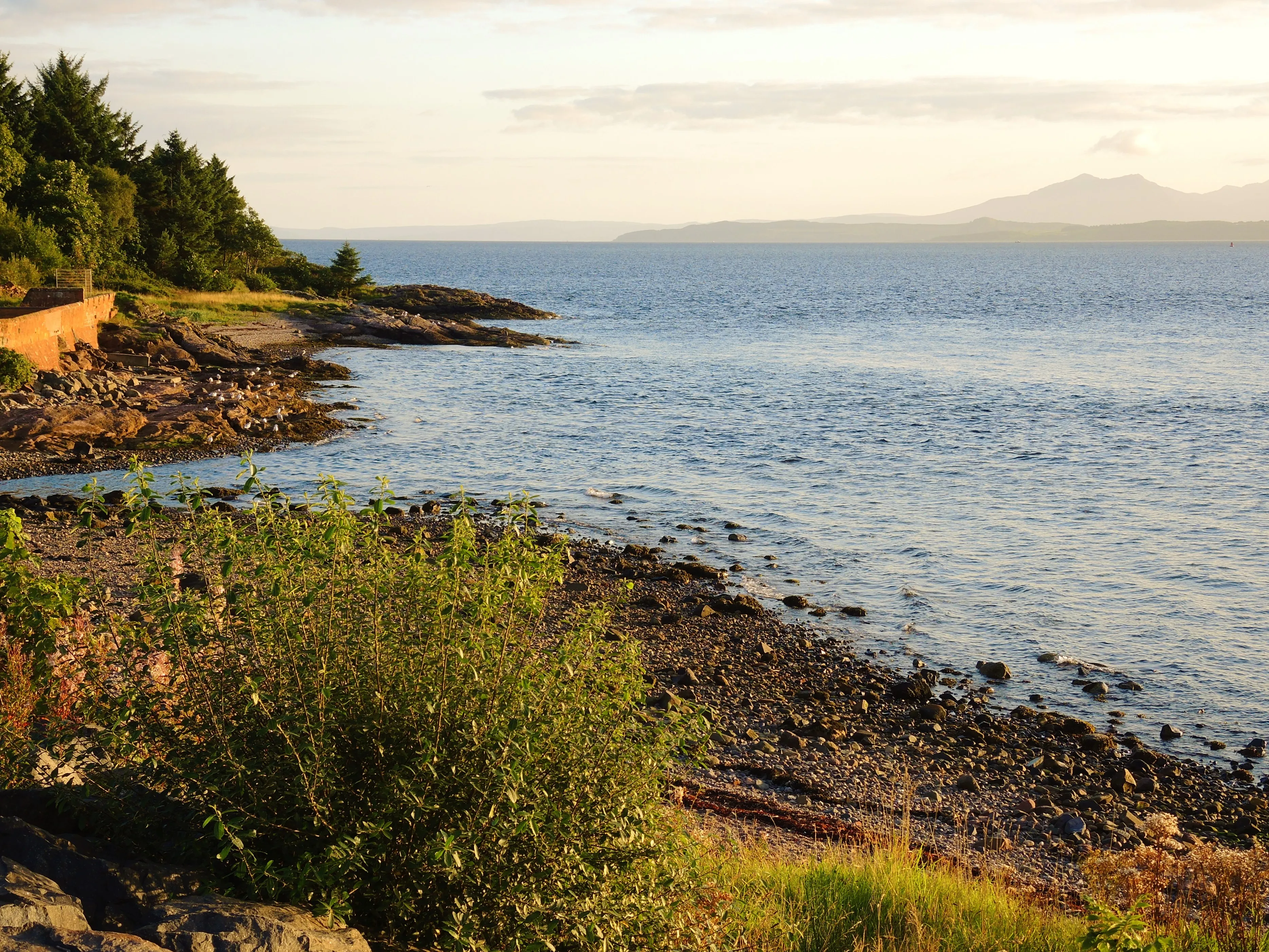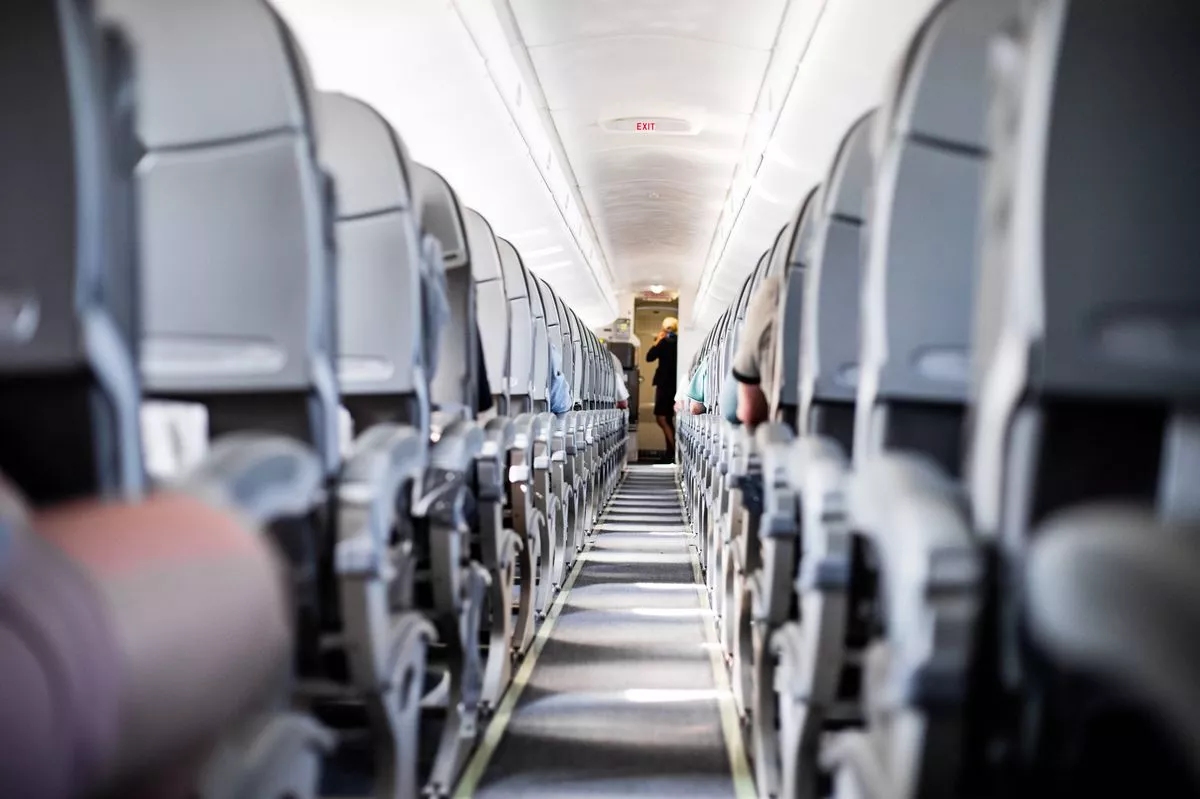If you want your flight experience to run as smoothly as possible, some seats are definitely better than others.
Going on a winter break is always exciting, especially if your destination is somewhere warmer and sunnier than the UK. However, no matter how far you’re travelling, the journey isn’t always smooth sailing.
We’ve all suffered the ordeal of a dreadful flight before. Whether it’s due to discomfort, fellow passengers causing a disturbance, or anything else, it can cast a shadow over your holiday before it even begins. So, to help holidaymakers kick off their trips in a positive way, I sought advice from experts on the worst place on the plane to reserve your seat – and their views were clear.
Nearly all of the experts I spoke to were unanimous in their opinion that the very last row of the plane might not be the ideal choice for those looking for a peaceful journey.
Nicholas Smith, Holidays Digital Director at Thomas Cook, warned that those who are sensitive to turbulence might want to steer clear of this area.
He pointed out: “Seats at the very back are typically less desirable. They are close to the galley and restrooms, service can be slower, food choices may be limited, and it is also the area where movement during turbulence feels strongest.”
He also hailed the importance of being organised when booking seats on a plane. While this often comes with an additional fee, if you’re anxious about securing a decent seat, then it’s likely to be money well spent, reports the Express.
The expert continued: “Thinking about your priorities in advance also makes a difference – nervous flyers will be more comfortable over the wings, those with a tight connection should choose an aisle near the front, while couples booking a row of three might secure the window and aisle, leaving the middle free for a chance at extra space.”
This was echoed by Izzy Nicholls, an experienced traveller and creator of road trip blog The Gap Decaders, who warned: “Seats at the back are best avoided. They’re typically noisier because of engine proximity and galley activity, and you’ll be among the last to board and leave the plane.”
Unsurprisingly, the front section of the aircraft proved to be the best location for the most pleasant experience. Izzy continued: “Travellers who want a calmer journey should book seats at the front of the plane. This area is away from restrooms and heavy foot traffic, so you’ll experience fewer interruptions.
“Choosing an aisle seat here also gives you the freedom to stretch your legs and get up easily without disturbing others. Select these placements to make long flights more comfortable and reduce the effects of motion.”
Beyond comfort, the rear section of the aircraft also throws up challenges regarding luggage storage – especially problematic if you board late. Jacob Wedderburn-Day, CEO and Co-Founder of luggage storage company Stasher, advised passengers to be strategic about their seating choices, warning: “Avoid sitting near galleys and toilets, where staff members often store their things in overhead bins, leaving less space for passenger baggage.”
He continued: “The last few rows are a concern because if you board late, the bins above you may be filled, which means you may have to store your luggage several rows away. Also, stay away from seats that are located behind bulkheads, as these spaces often have limited storage.”
Travel expert Andrea Platania from Transfeero also echoed concerns about rear seating, explaining: “The very last row is typically the least desirable: limited recline, proximity to bathrooms, and more cabin noise. Middle seats anywhere are usually least popular unless you’re travelling in a group.”
For those seeking additional legroom, Andrea highlighted specific options whilst noting their drawbacks: “Exit-row and bulkhead seats offer more space, but they come with trade-offs: fixed armrests, limited recline, or restrictions for passengers travelling with children.”
Passengers prone to motion sickness should consider a particular location, according to the expert, who recommended: “Sit over the wings. This area is closest to the aircraft’s centre of gravity, so you’ll feel less turbulence compared to the back, where bumps are magnified.”









